Hudson Italia
The big three from Detroit are still known today. If not: These are Ford, Chevrolet and Chrysler. In addition to them and various brands that belong to the respective groups, there were more automakers from the US over time, which are now more or less forgotten. Among others, Joseph Lowthian Hudson founded his company Hudson Motor Car Co. in 1909 also in Detroit. Soon the models of his house were known for innovative technologies. While points such as a balanced crankshaft, a starter or warning lights for the alternator and the oil pressure are so common today, that don’t even get a side note in the brochures, they were technically on a new territory back then.
With an annual production of more than 300,000 vehicles, Hudson even worked its way up to third place of US manufacturers behind Ford and Chevrolet by the end of the 1930s. Next to the main brand, there were the subsidiaries Essex and later Terraplane to offer lower-priced cars without damaging the reputation of Hudson. However, after World War 2, the management board overslept the technical progress, which quickly resulted in dated vehicles and decreasing customer interest. Nevertheless, especially the Hornet was fast and sporty. Therefore, it was the first choice for the emerging NASCAR series, where especially Dick Rathmann was able to convice with 13 victories between 1951 and 1958. Later these successes led to Doc Hudson in the Disney Pixar’s movie Cars. In 1954, Hudson merged with Nash Motors to the American Motors Corporation (AMC). Shortly thereafter, the production of Hudson models was discontinued and instead they sold some Nash models with Hudson logos.
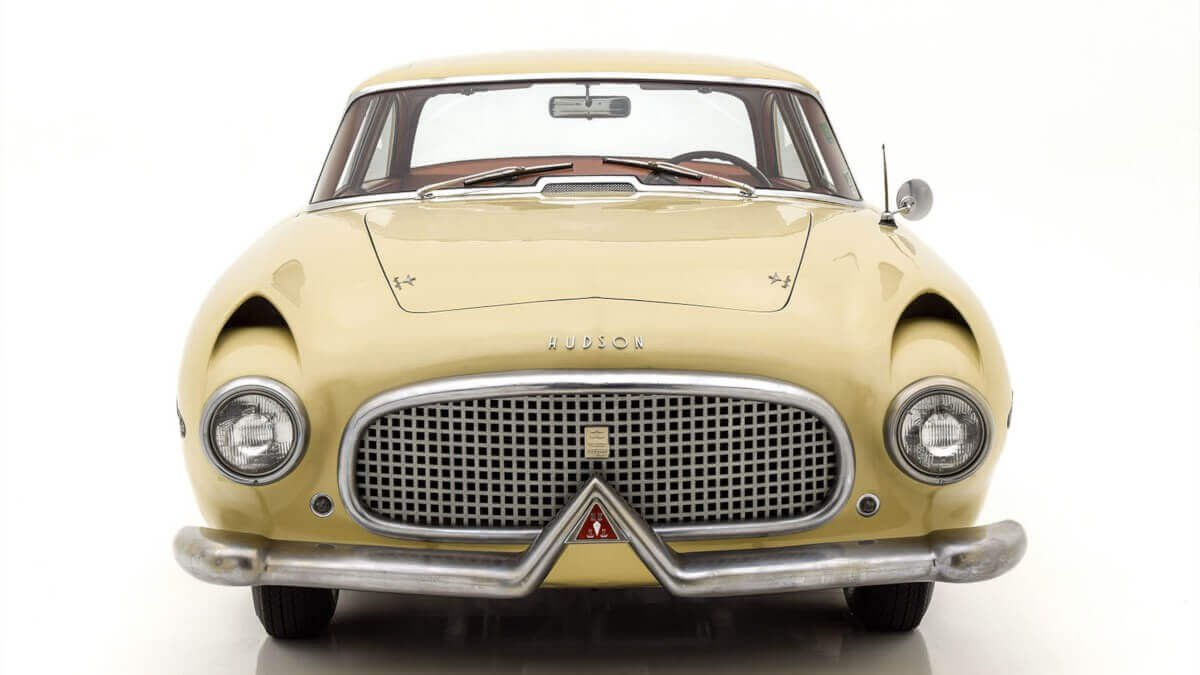



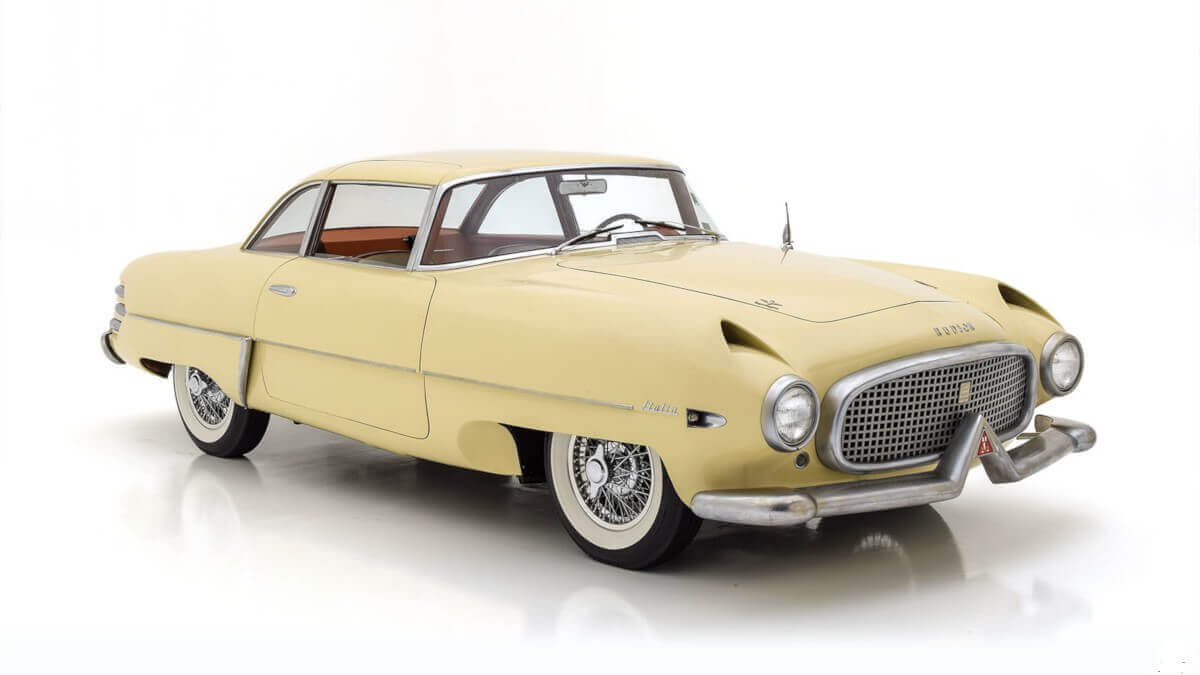



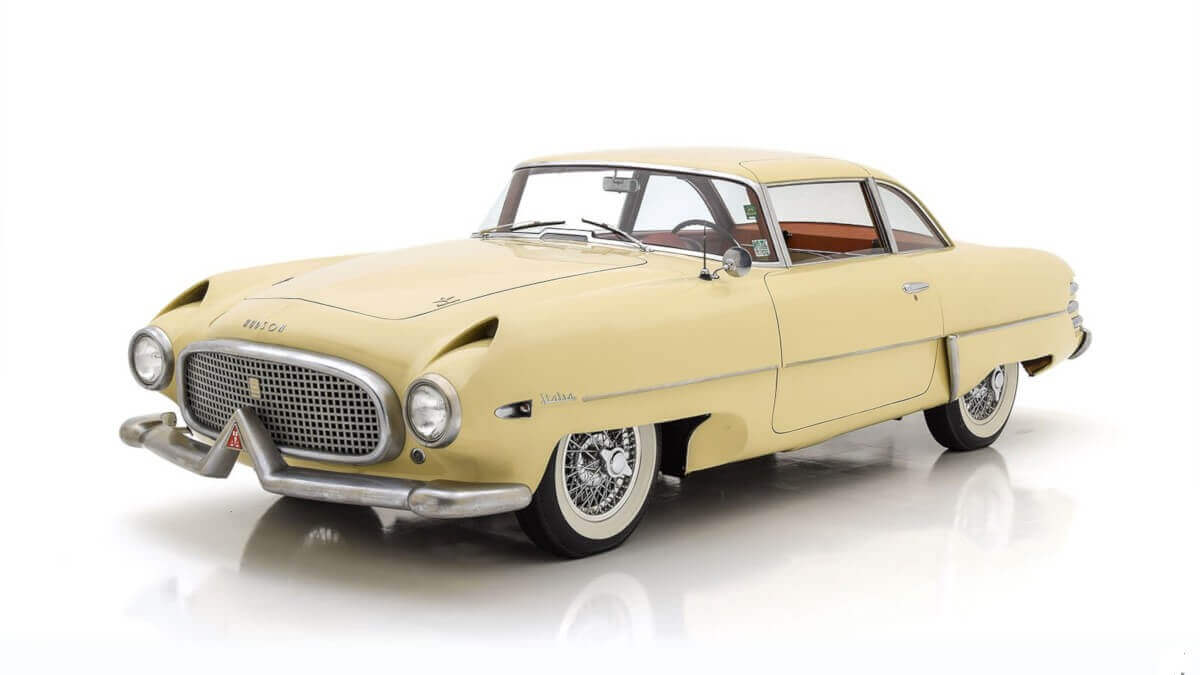



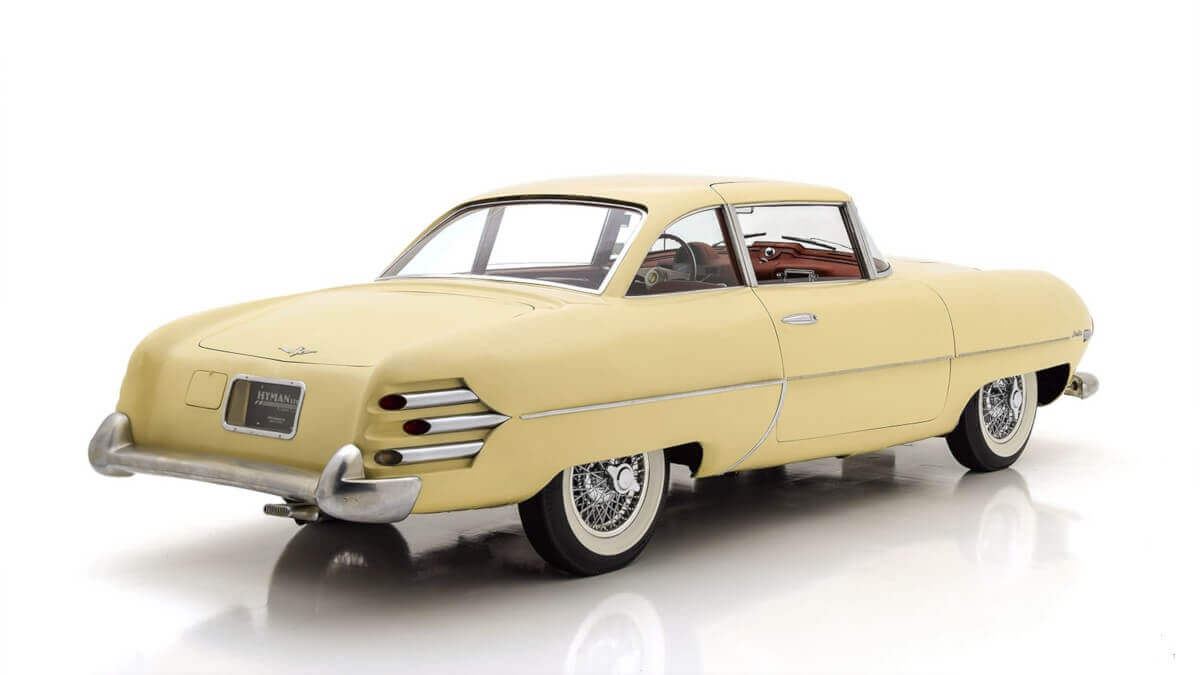



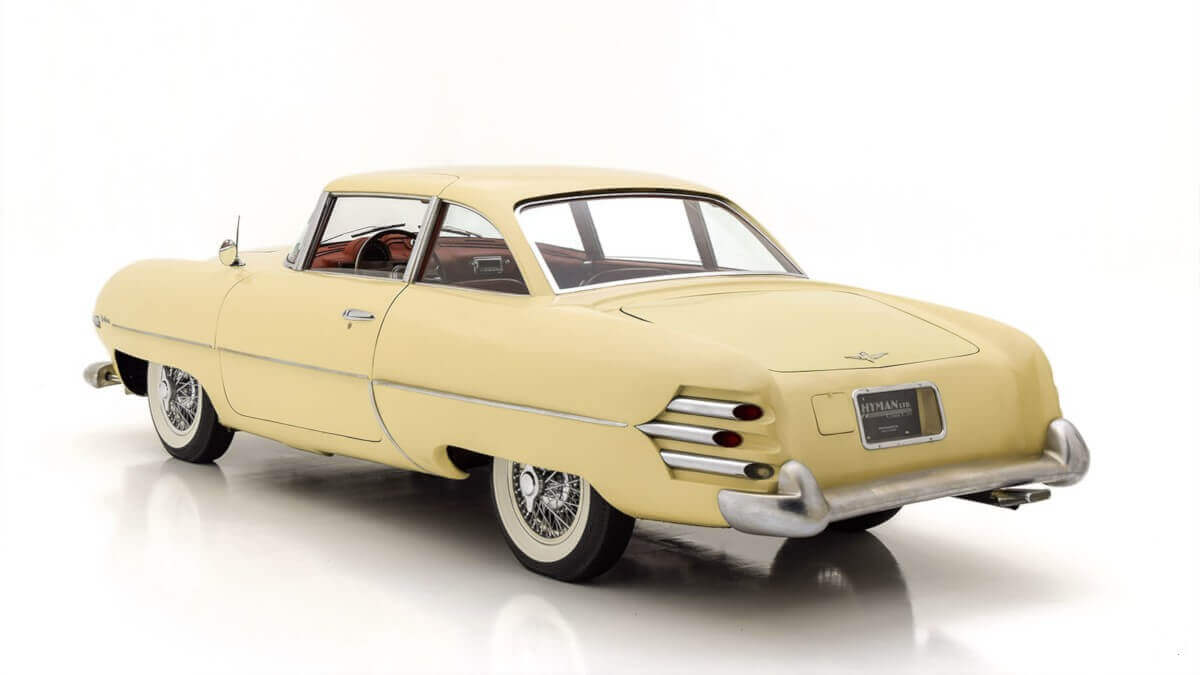



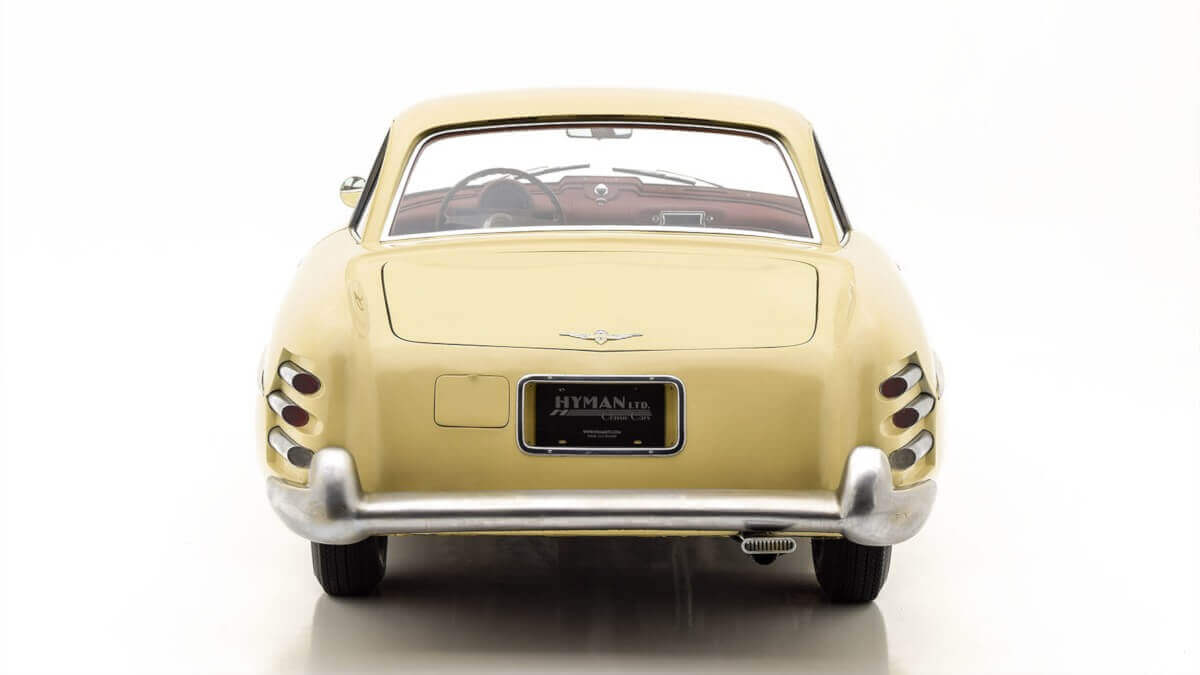



A glorious era came to an end. 2019 marks the 110th anniversary of the founding of the company. Therefore, we find it appropriate to take a look at one of the last products, which wasn’t planned to be a savior, but should bring a little glamour to the dusty model range. Why this also didn’t happen, will also be cleared in this article. Already in the early 50s it was clear, that Hudson urgently needed a new model range to survive. But the finances were due to the slump in sales accordingly clammy and so they only concentrated on the new Jet, which was almost a small car by American standards and should compete against the Nash Rambler. Thanks to its self-supporting body with either two or four doors and a 104-hp strong inline-six cylinder engine with 3.3 liters of displacement, it really had quite sporting genes. In addition, it was relatively economical, which Hudson dealers in the US demonstrated with the ‘teacup test’.
To do this, Hudson’s marketing department sent each dealer a package of special hoses, valves and glass cylinders, which were mounted to the carburetor in the engine compartment and to the inside of the passenger door. Then fuel was filled into the cylinder, which could hold about the amount of a standard teacup. During the subsequent test drive, the salesman was able to show to the customer how far the Hudson Jet was driving with this small amount. However, due to the antiquated design and the relatively high price, it didn’t help to attract many more customers. Shortly before the production start of the Jet, the then President of Hudson, A.E. Barit, asked for several changes, that led to a car that looked at least two years older than it was at its debut. American customers back then demanded new designs every year, so the Jet was far behind from the beginning.
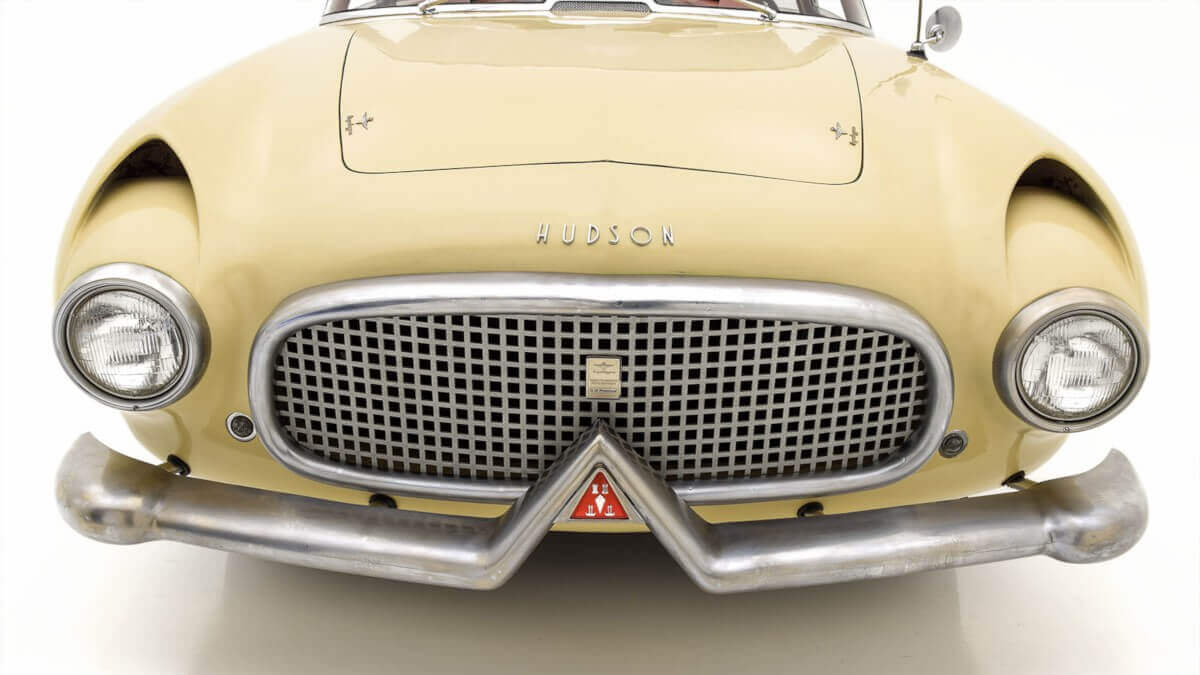



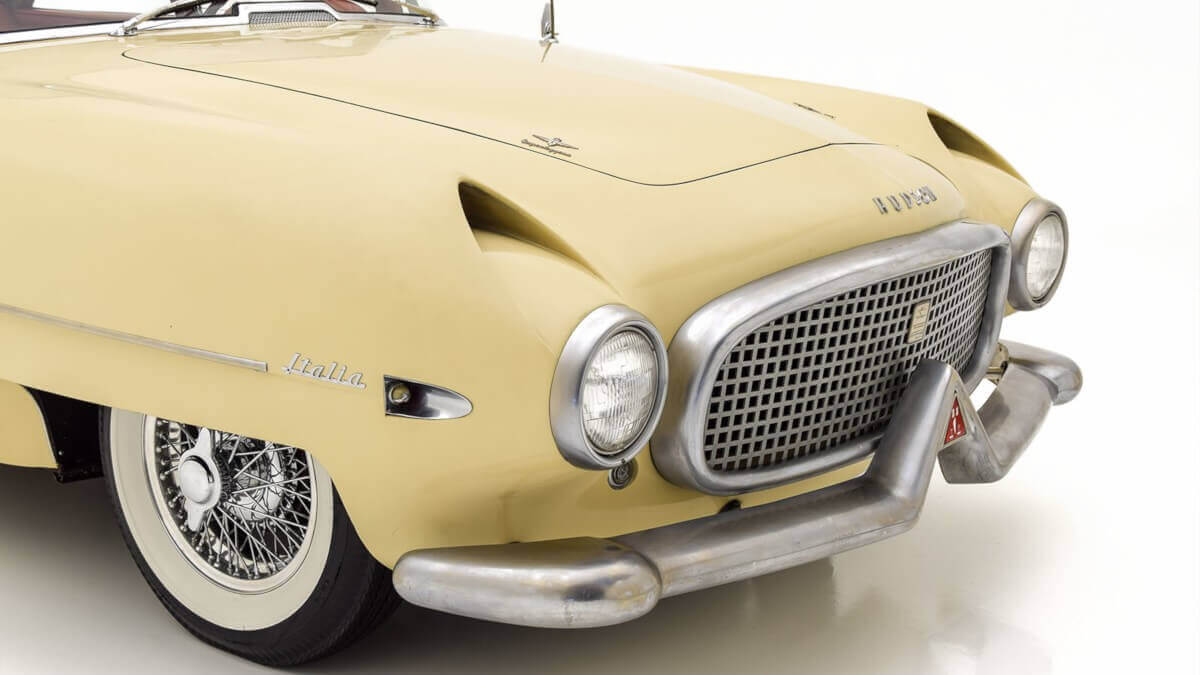



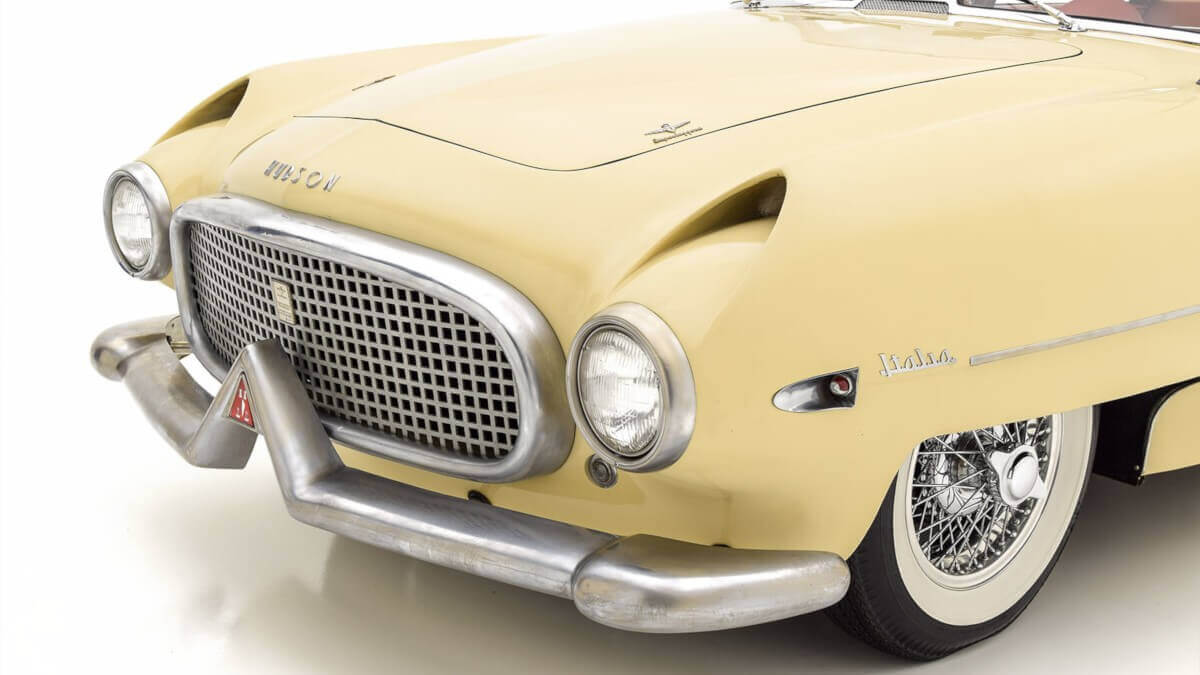



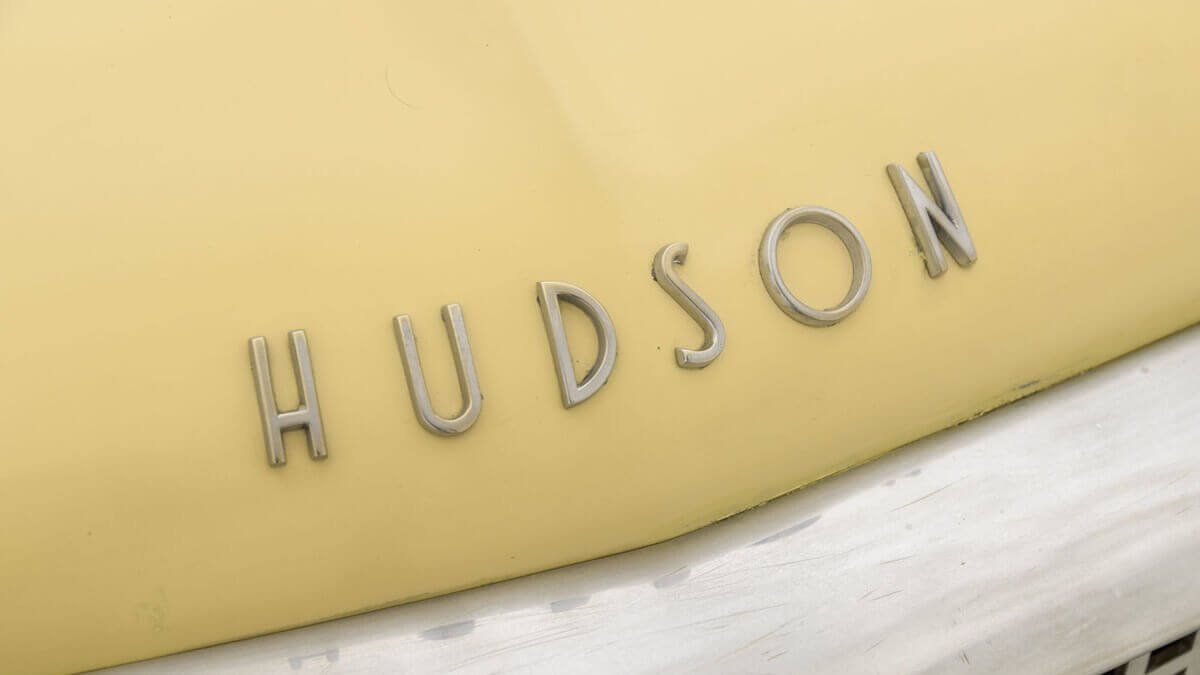



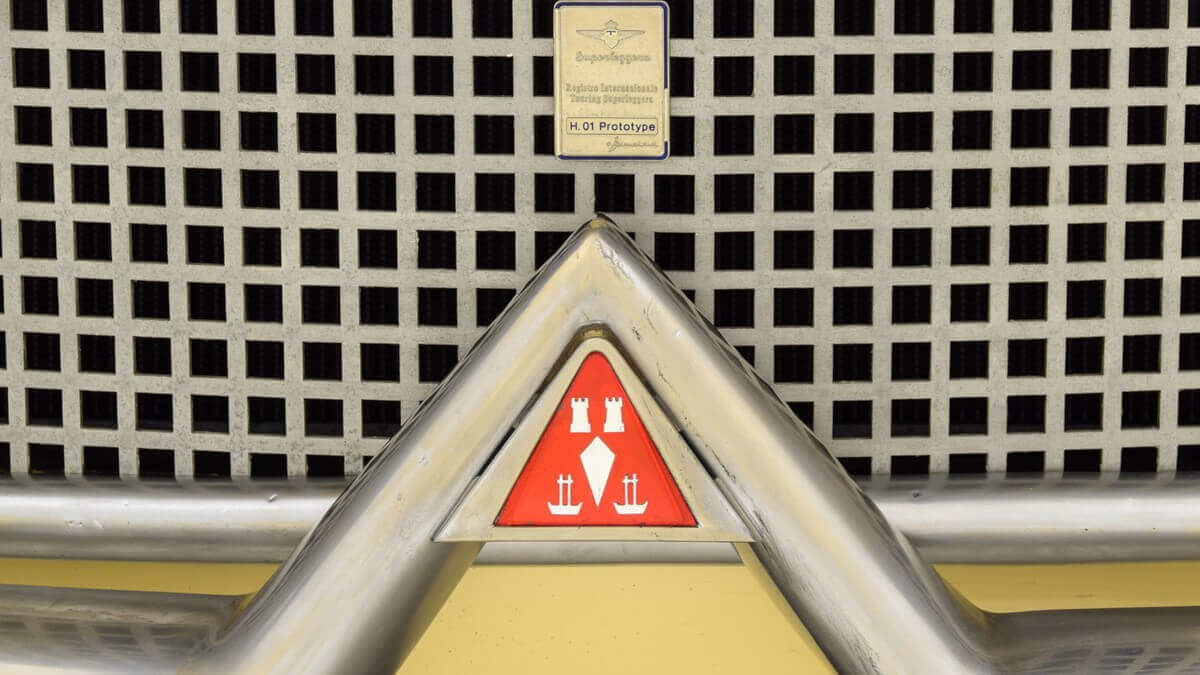



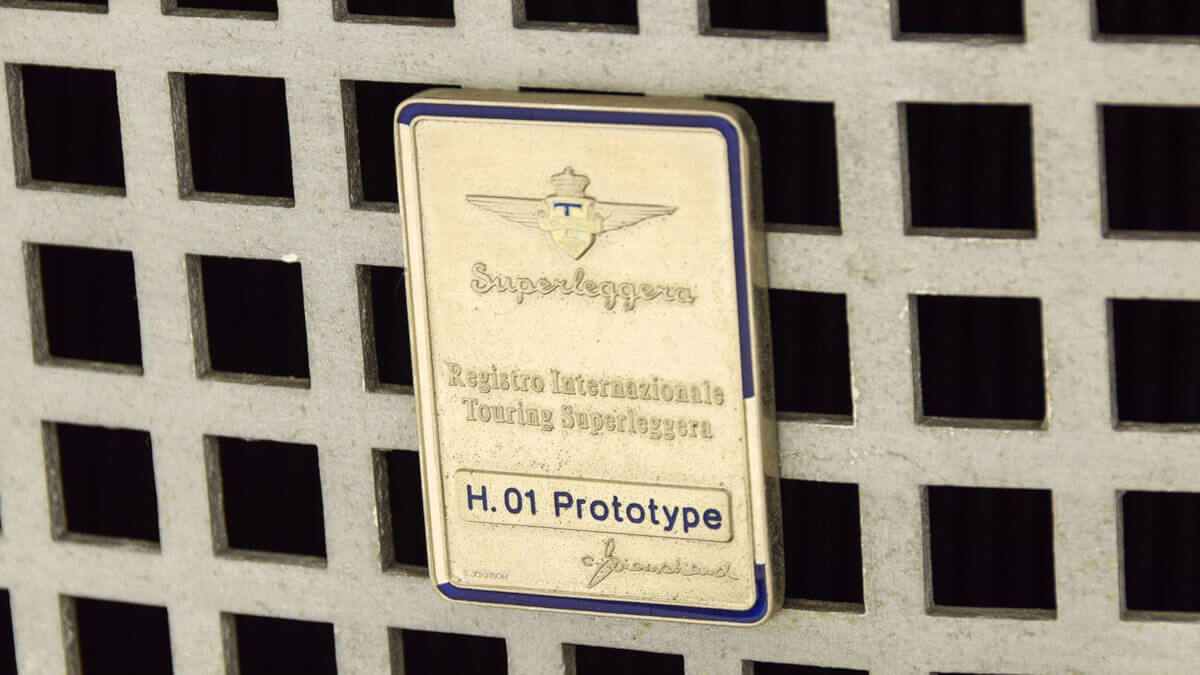



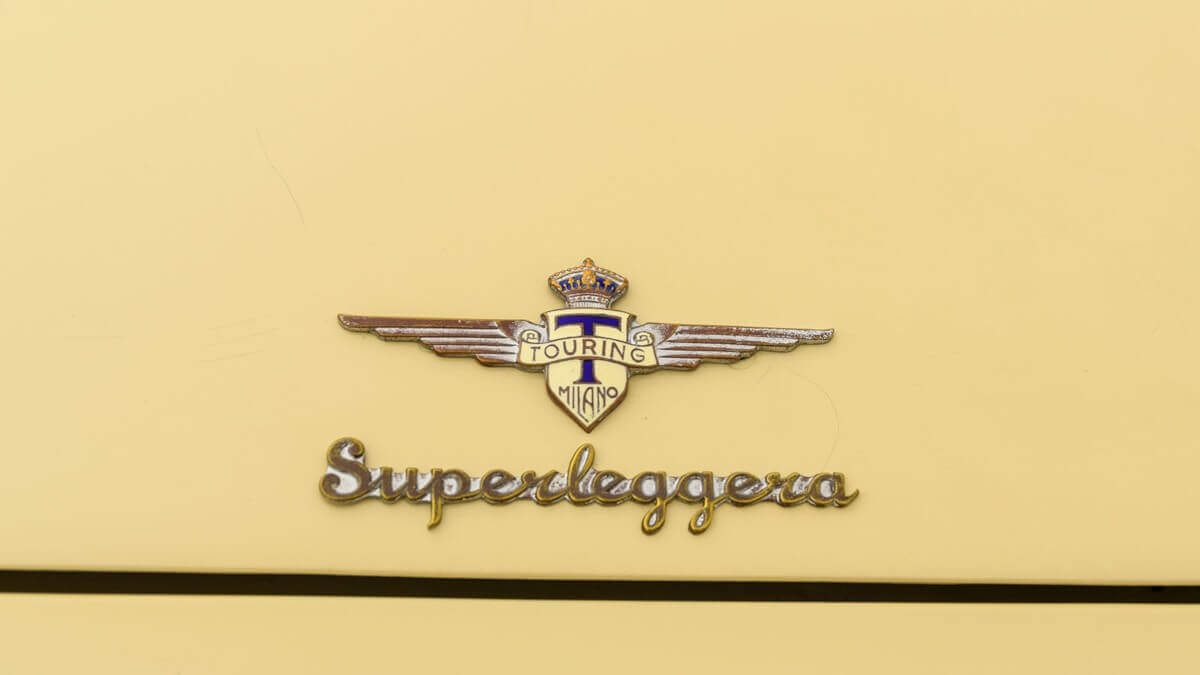



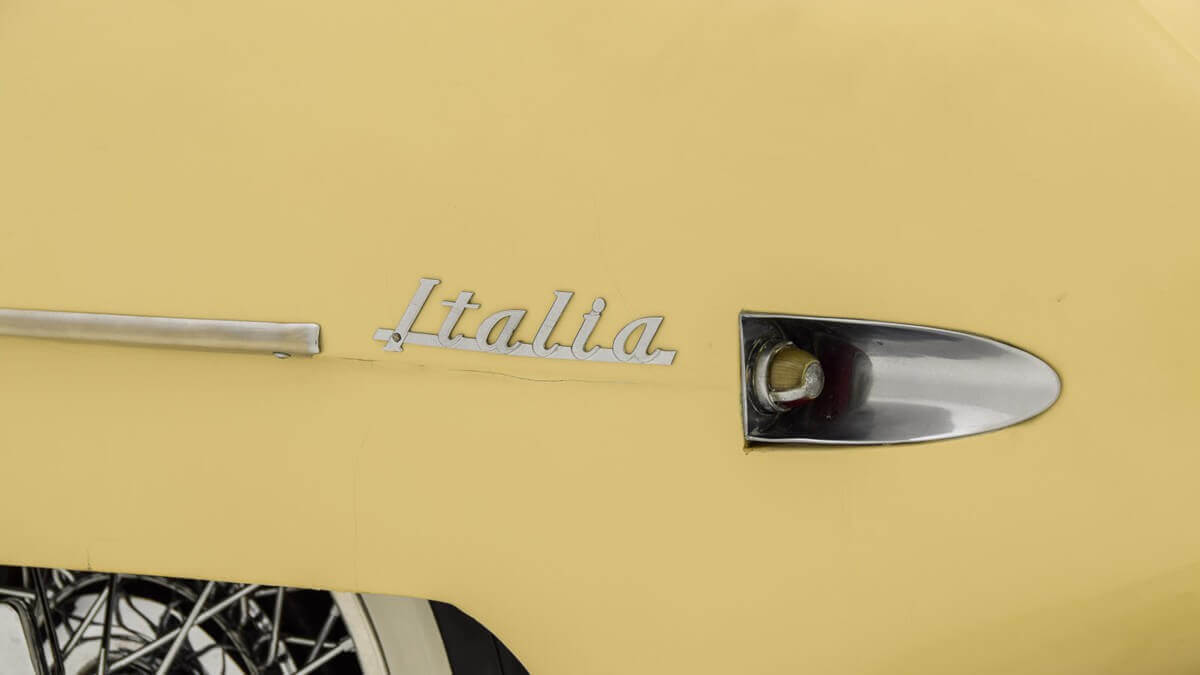



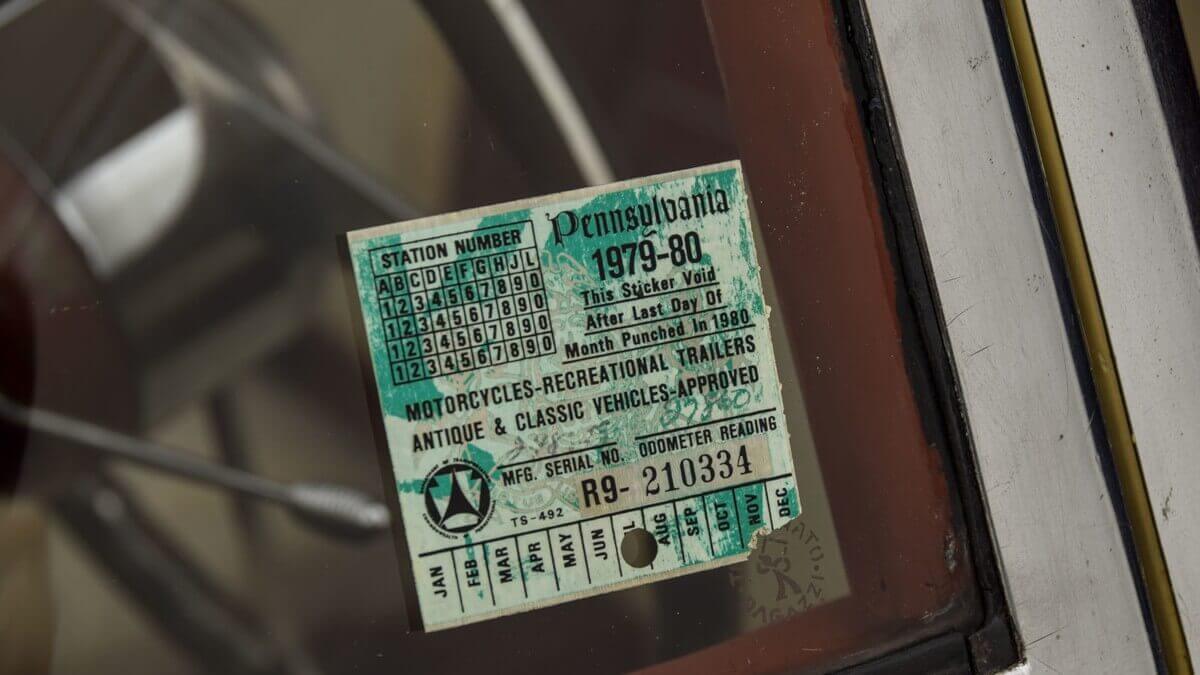



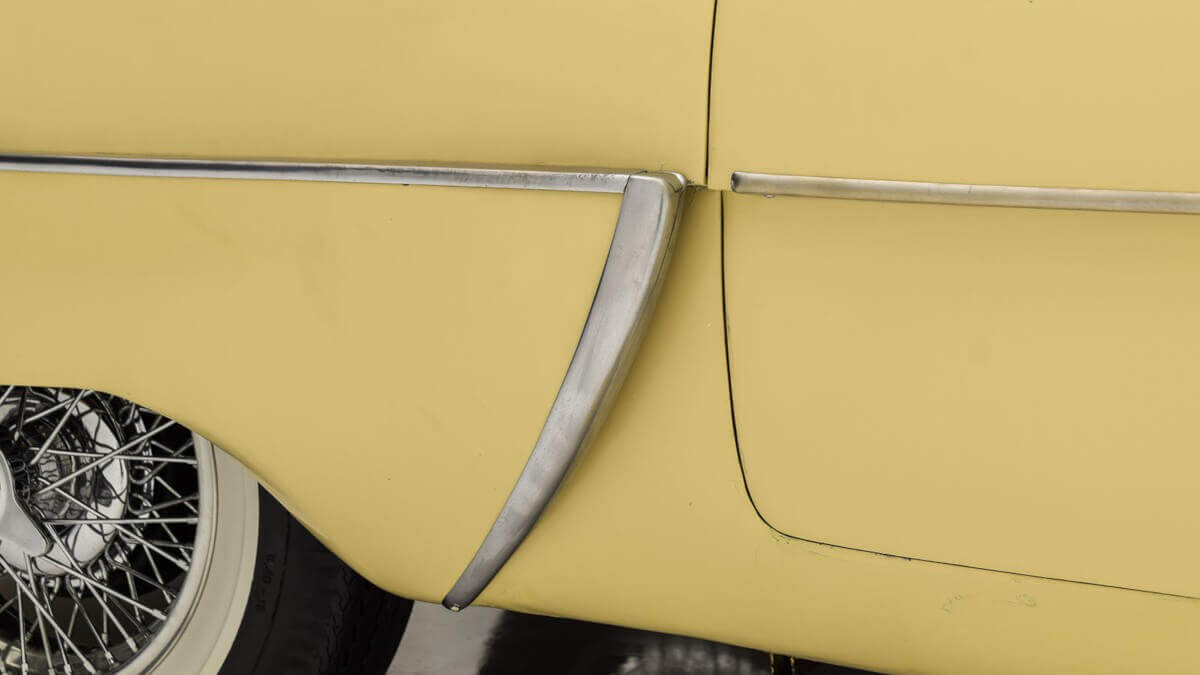



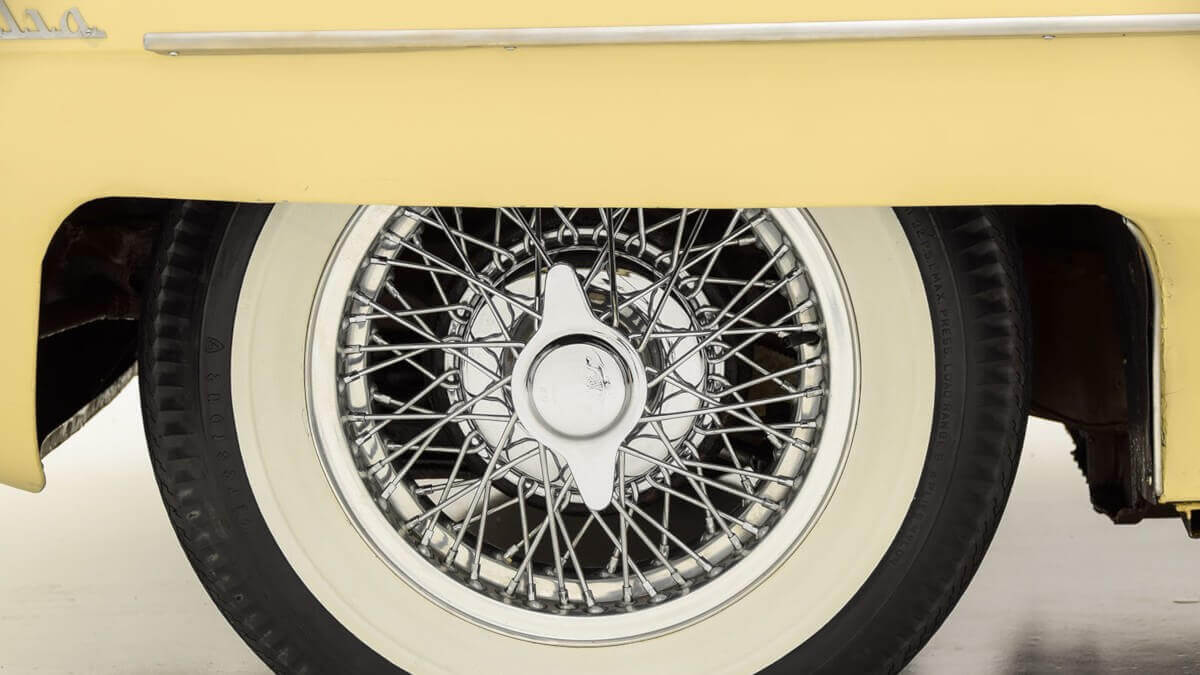



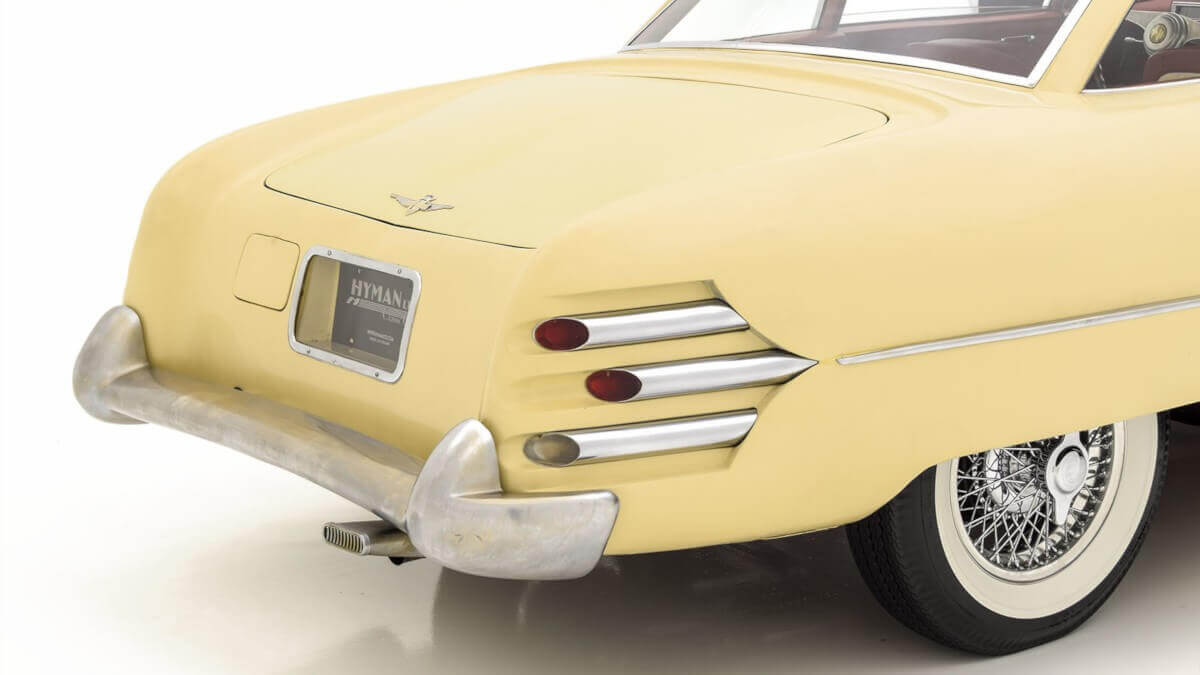



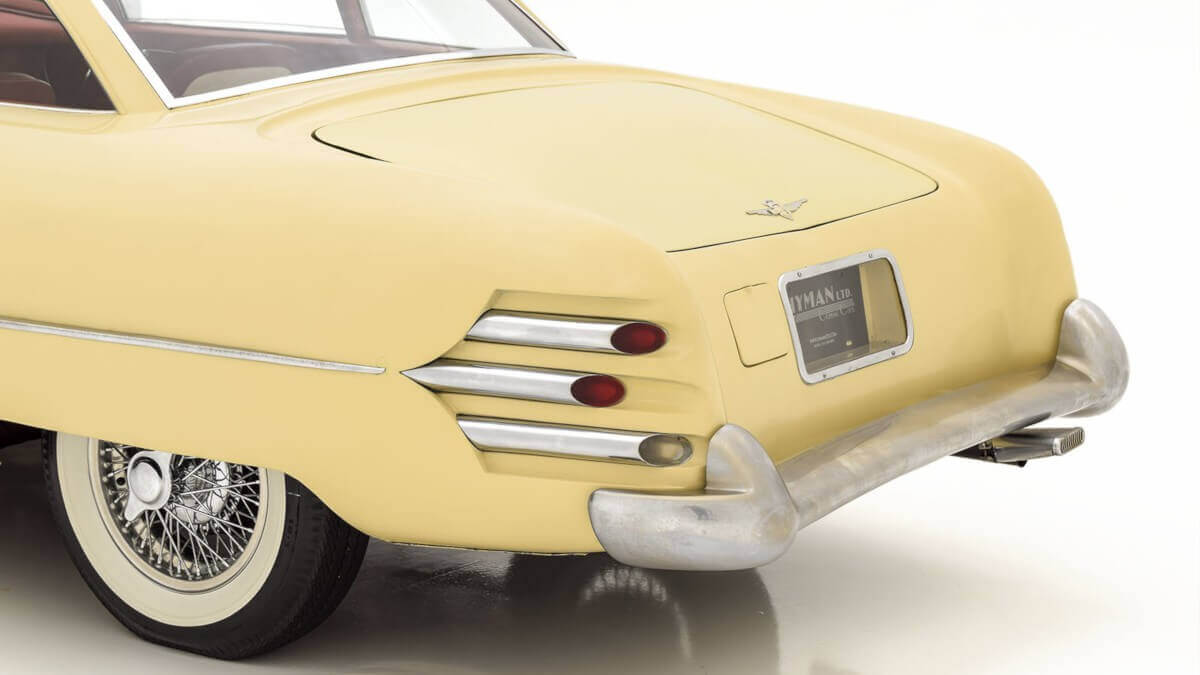



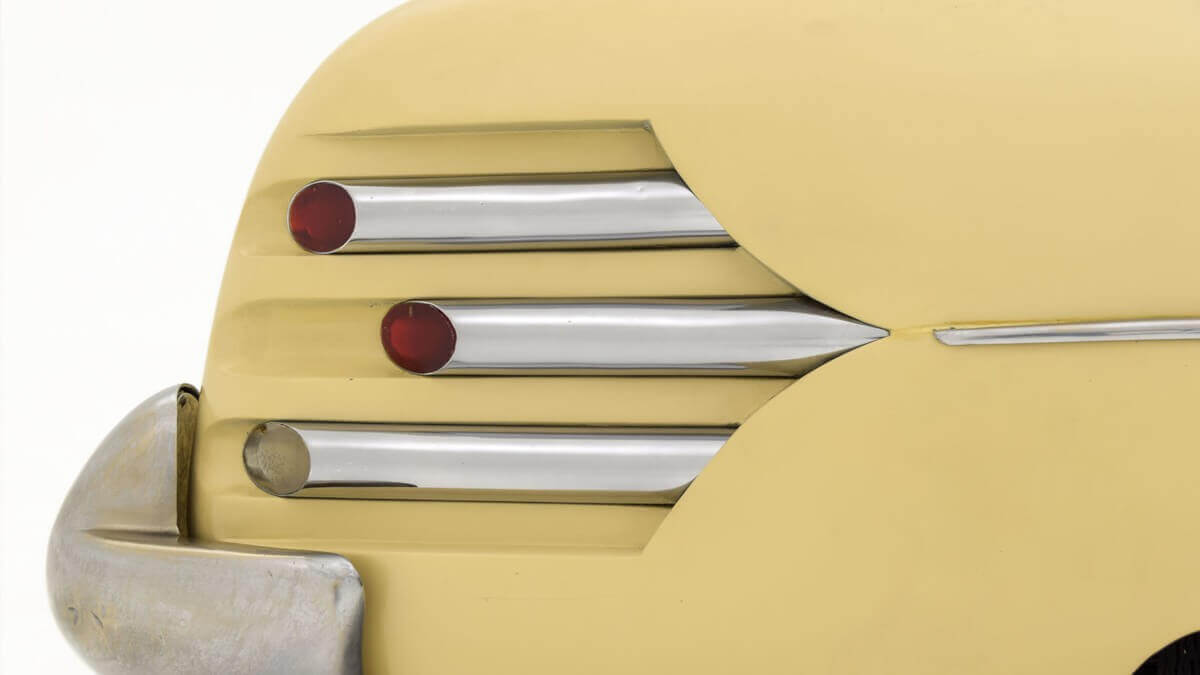



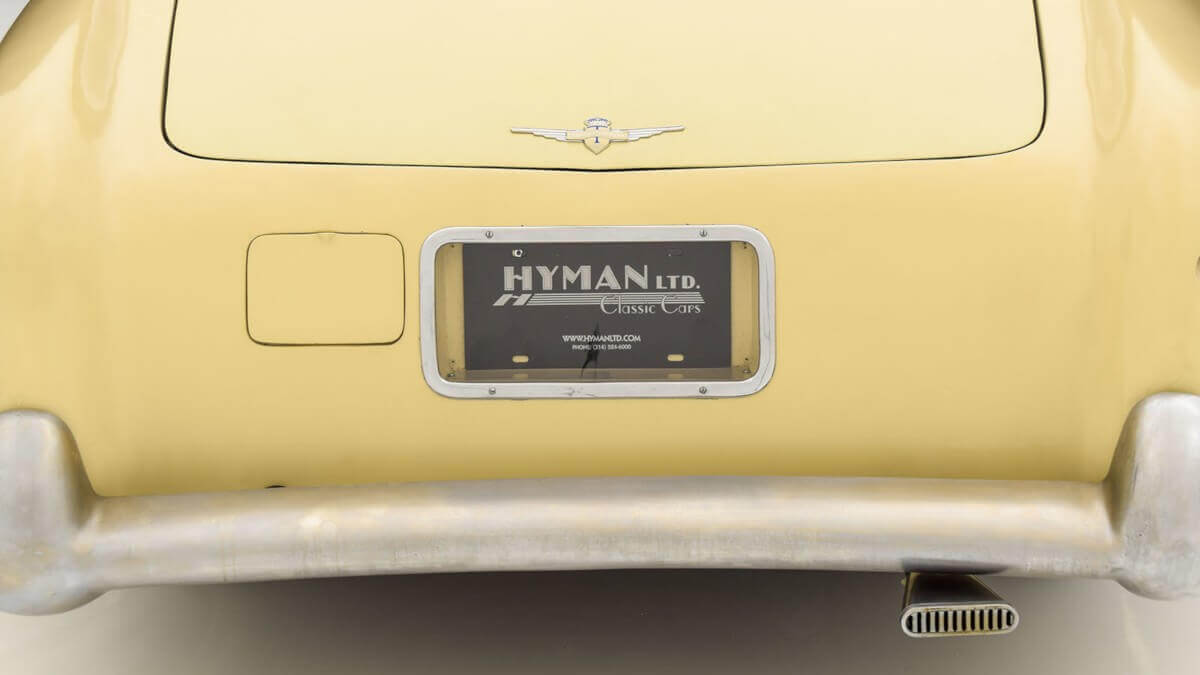



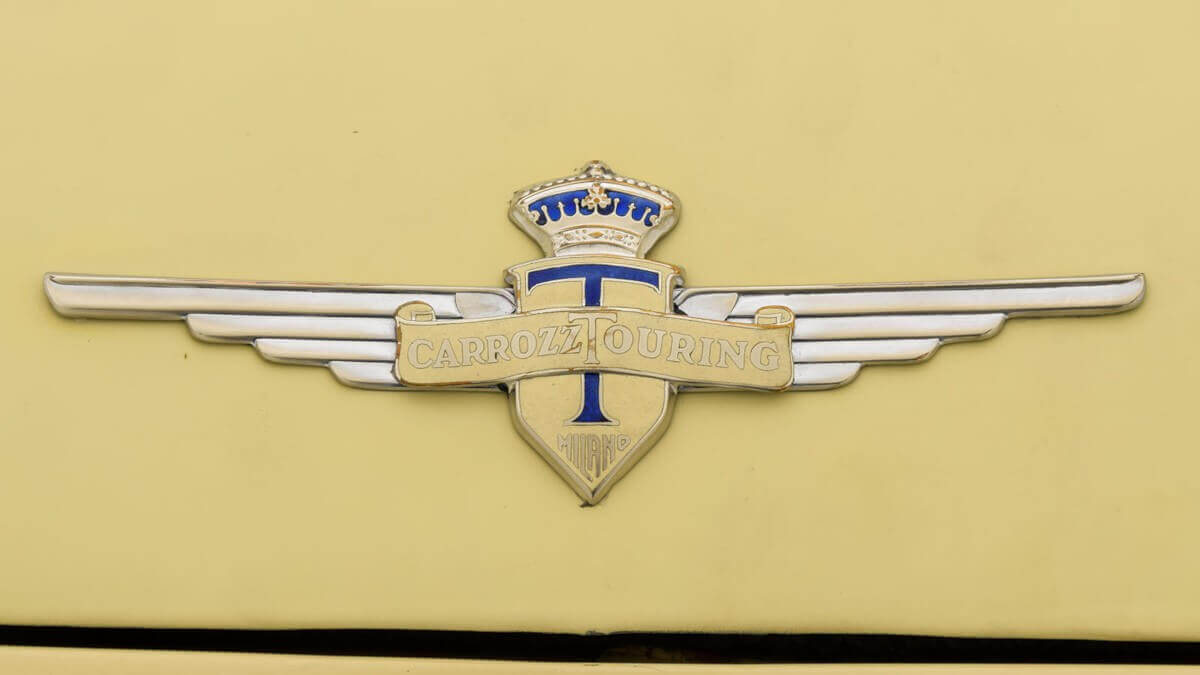



Somehow, however, the in-house design chief Frank Spring managed to convince the members of the board of the need for a sporting offshoot of the jet. He traveled to Brussels, where he met Carlo Felice Anderloni of the Carrozzeria Touring from Milan. Together, they looked at the technical drawings of the Jet and discussed a sports coupe on its platform, but with Italian design. A corresponding design sketch, which was created on a napkin during lunch, exists today in the Touring archive. Shortly thereafter, Frank Spring shipped a complete Hudson Jet from the US to Italy. There it was tested for its driving characteristics, before it was dismantled and those parts were removed, that were not needed for the new design. Instead, a stunning aluminium body was built in the famous Superleggera construction over a thin steel tube framework. Then the coupe was painted in creamy white and was fitted with Borrani spoke wheels. Chrome details underline the unusual design solutions, such as the arrangement of the taillights in three tubes on each side, which run in the direction of the rear wheel arches.
The interior was also completely redesigned by Touring and upholstered with leather in red and white. While the back seats were dropped in favor of a luggage rack with leather straps, they built independent front seats with a little more lateral support. Even the dashboard didn’t come from the production car, as it shows a semicircular speedometer behind a wooden steering wheel, which for the prototype was borrowed from an Alfa Romeo 6C. When this first car was completed, Spring flew to Italy to test drive the car. Subsequently, the ‘Italia’ baptized prototype arrived in the US, where Spring drove personally to various dealers to demonstrate it and generate pre-orders. Next to that, some advertising footage was made and the Italia was shown on various motor shows throughout the country.
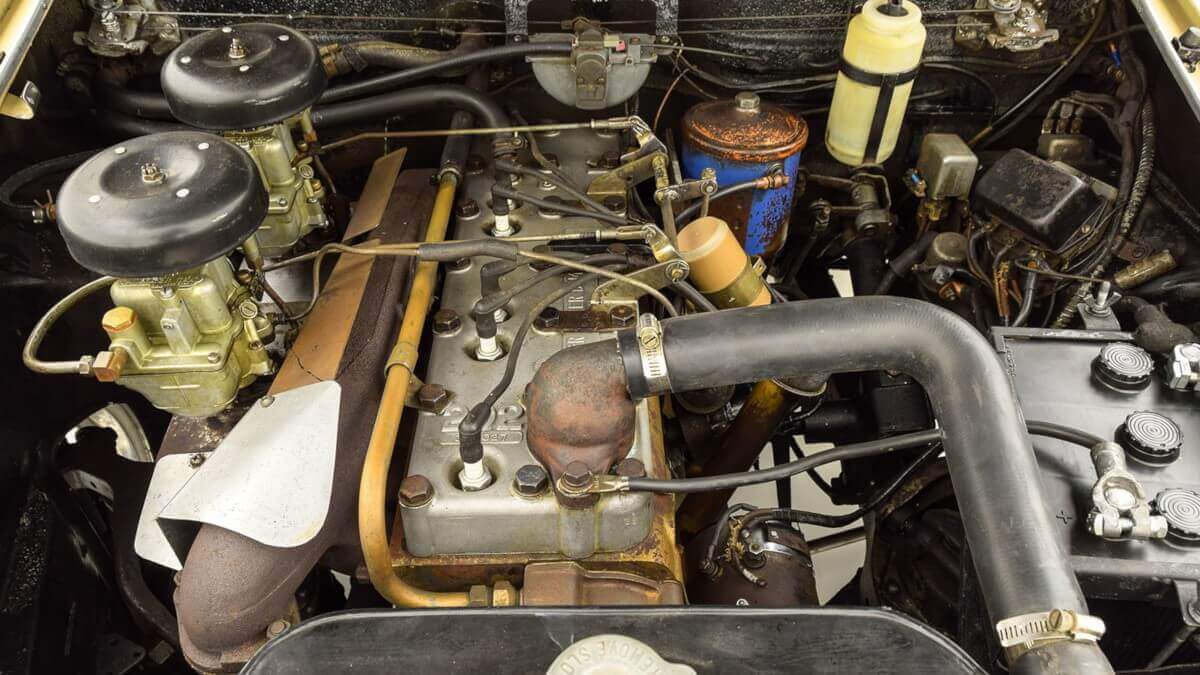



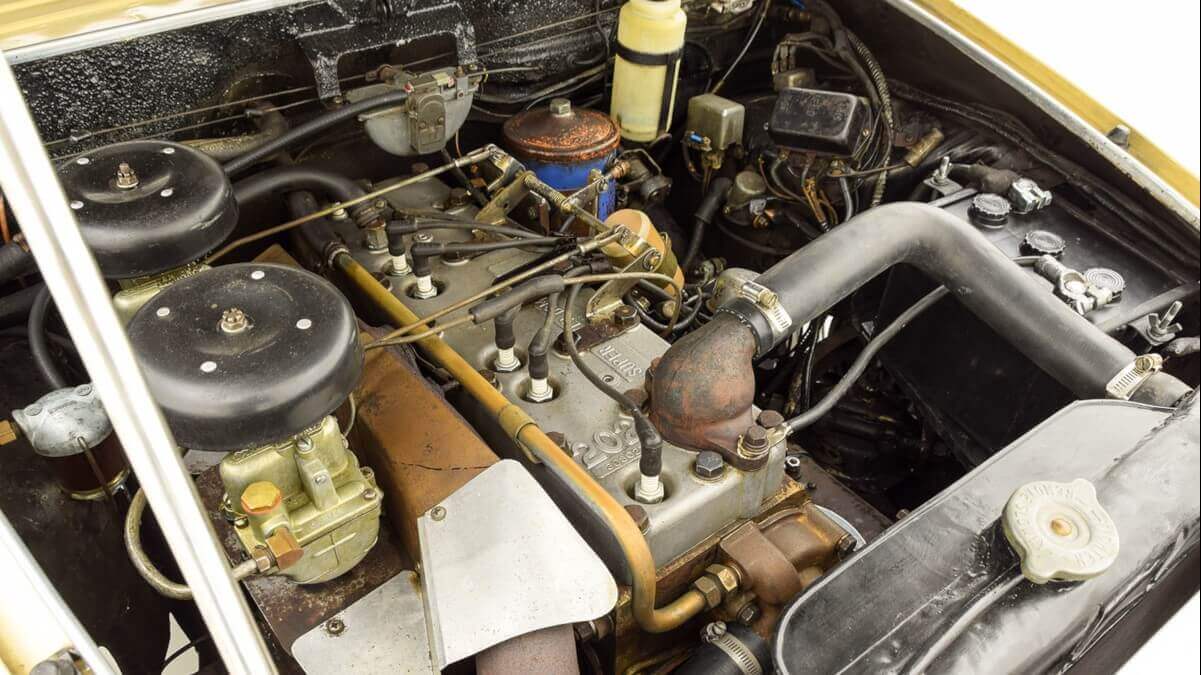



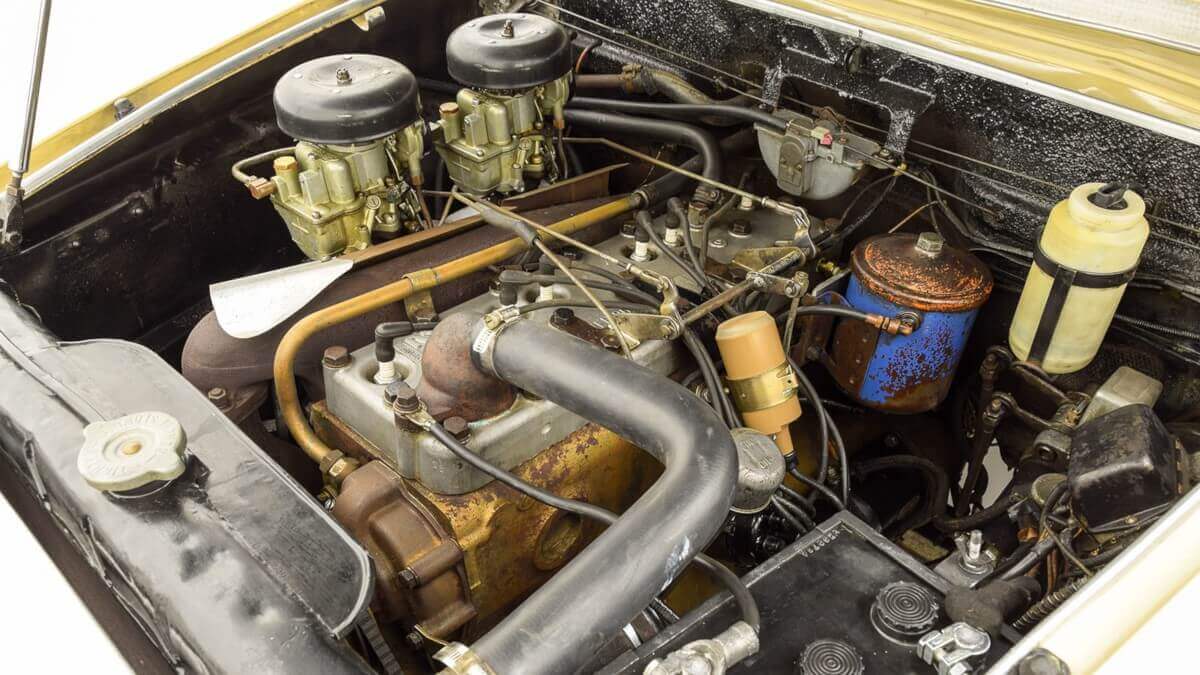



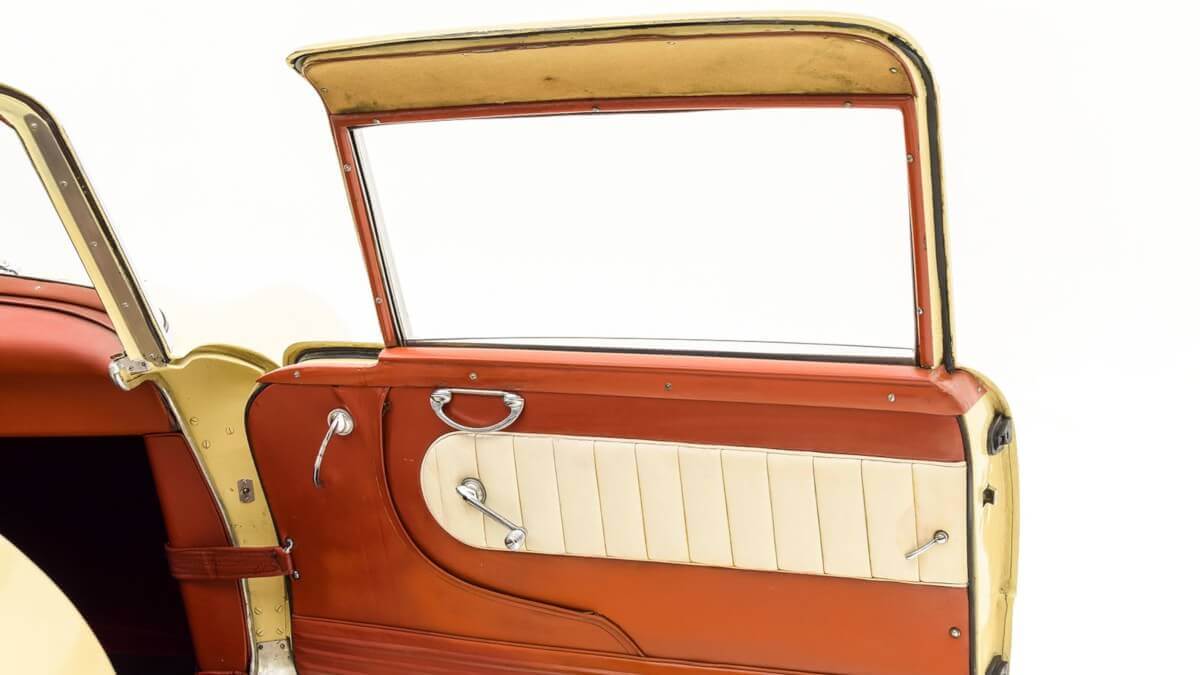



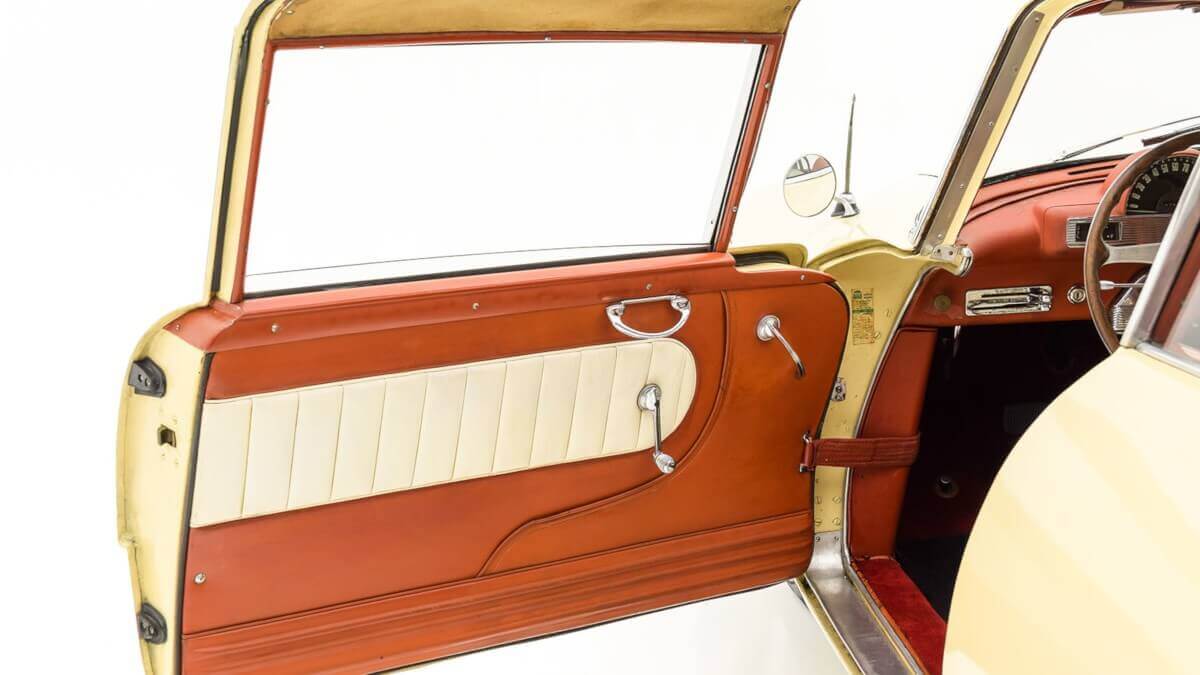



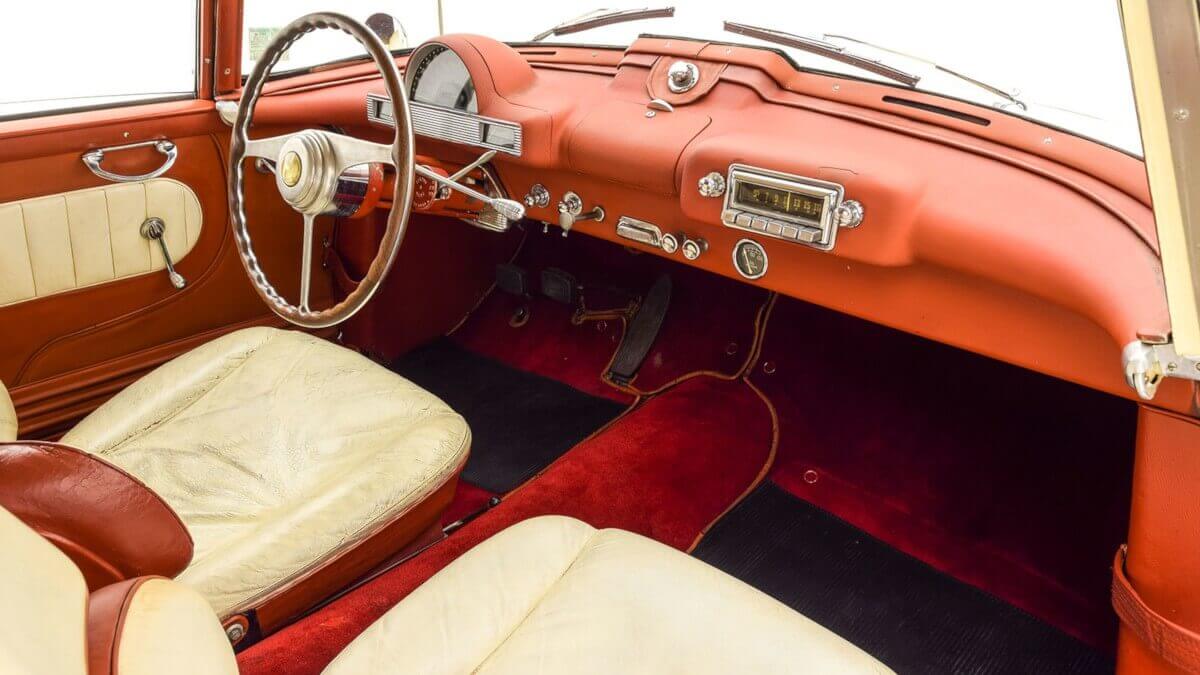



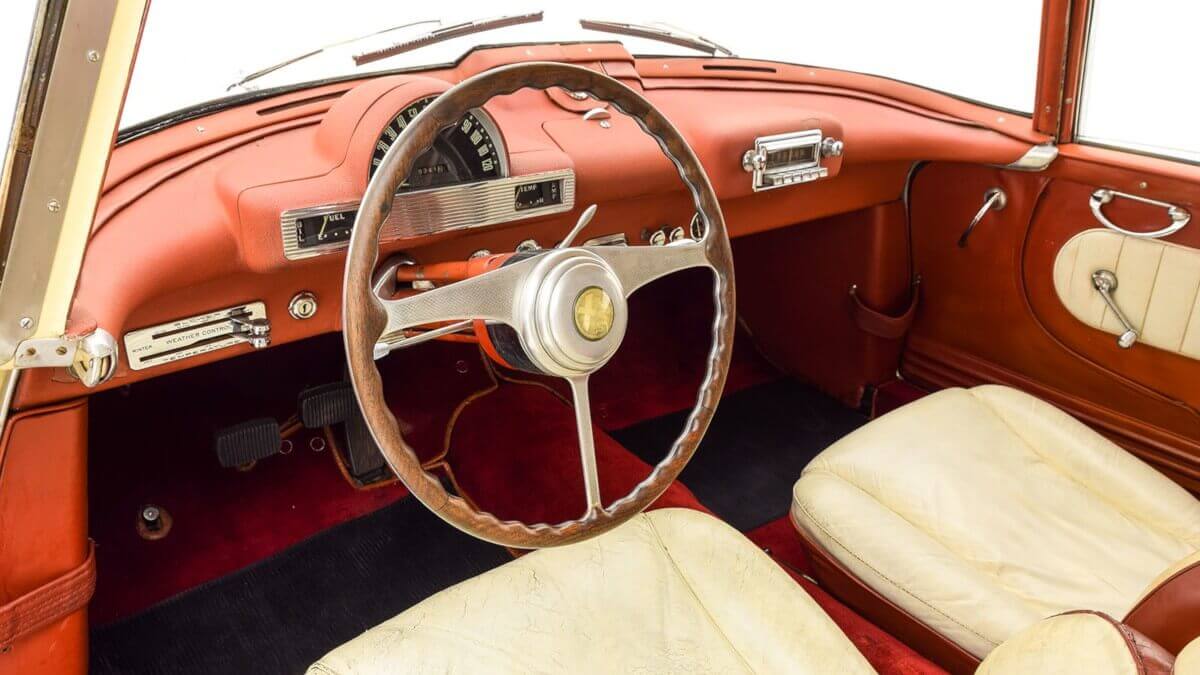



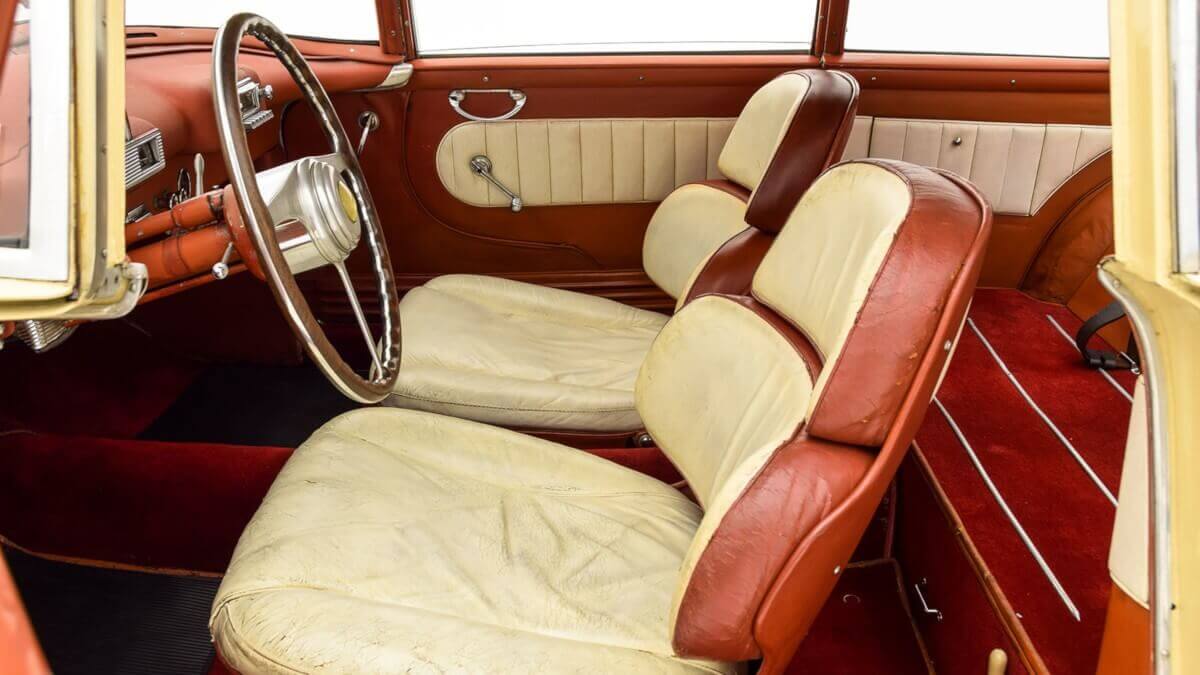











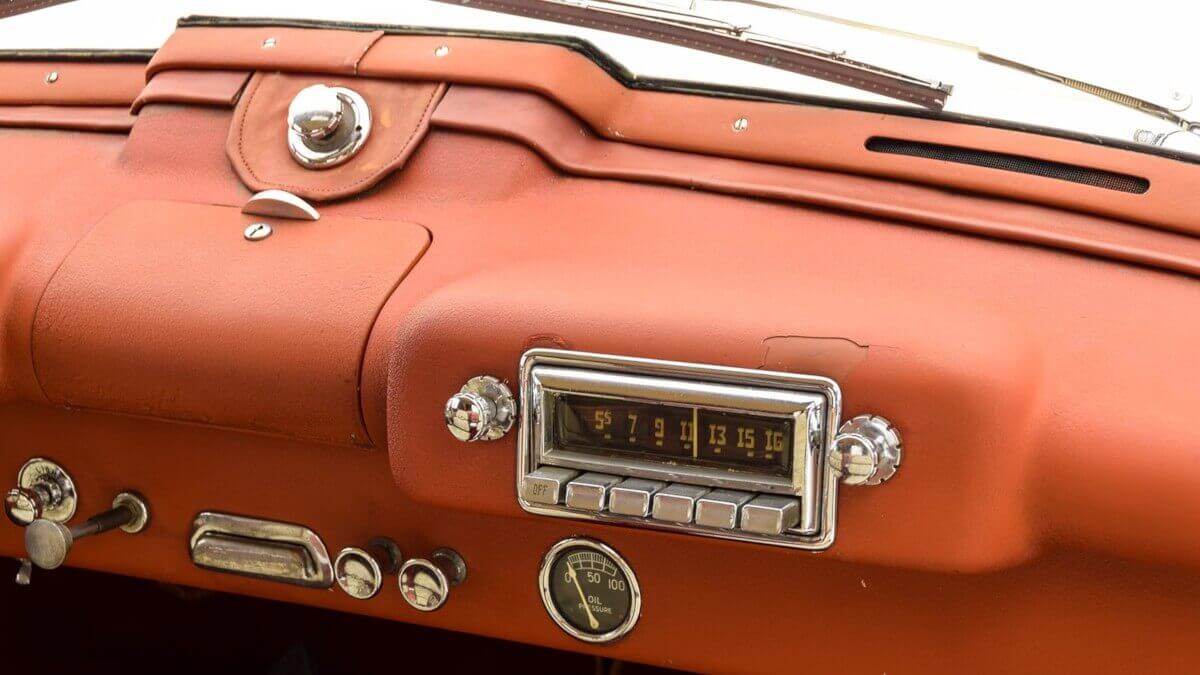



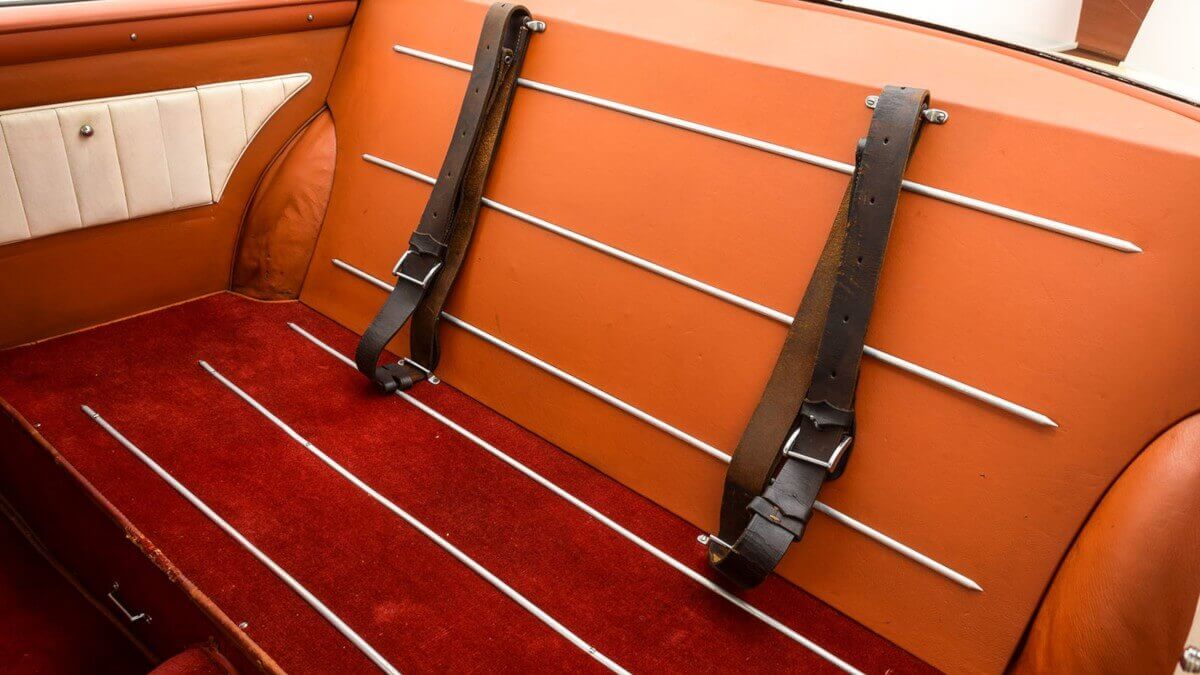



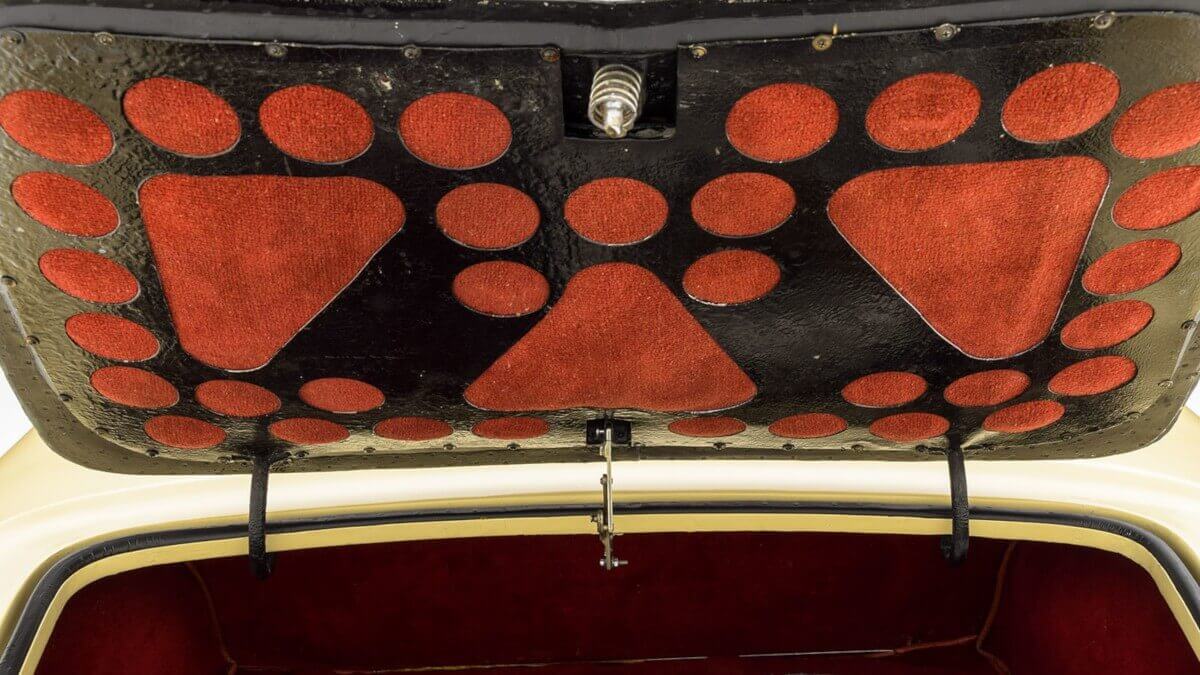



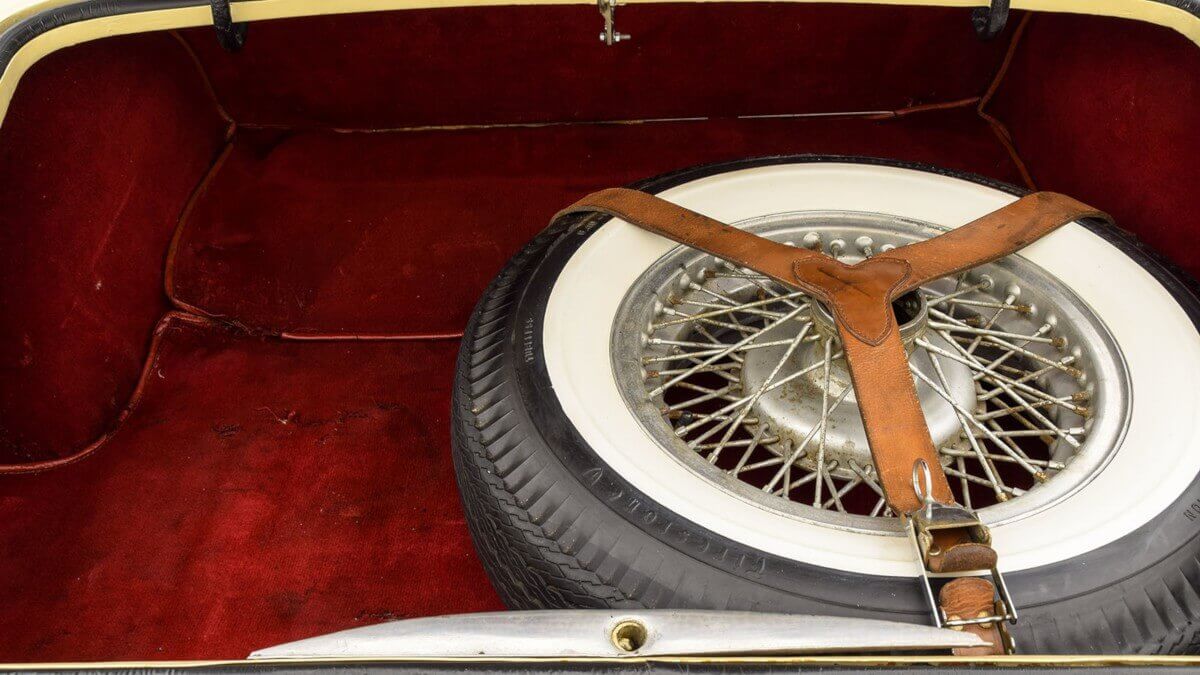



Originally planned were 100 copies for a base price of 2,000 US$ each. However, they should’ve been built at Touring by dismantling complete Jets, sent over from the US. Instead several containers with components landed in Milan, from which Touring had yet to build complete chassis themselves. In this way, the price rose to 4,800 US$ due to higher costs, which dropped the customer interest immediately. Whether it was a sloppy deal or a classic misunderstanding between the Americans and the Italians or perhaps some sort of boycott from members of the board at Hudson can no longer be said for sure. In any case, the very pretty Italia was dropped from the model line under the new management of AMC.
Thus, a total of only 26 copies of the Hudson Italia were made, if one includes the prototype shown in our picture gallery. To date, this is the only American car with a bodywork by Touring. Frank Spring rescued the prototype after the merge with Nash, as he knew how they handled old concept cars and prototypes: They destroyed them. The Italia changed into the garage of his close friend Victor Racz, who kept it until his death in 1976. A year later, his widow sold the Italia to the Hudson enthusiast Ray Pshirer. He and his family took care of the rare coupe for the following 36 years, before the current owner bought it in 2013. There has never been a restoration in the entire time, which is why the Italia prototype shows a lovely patina all around. Now Hyman Ltd offers it for 575,000 US$.
Images: Hyman Ltd




